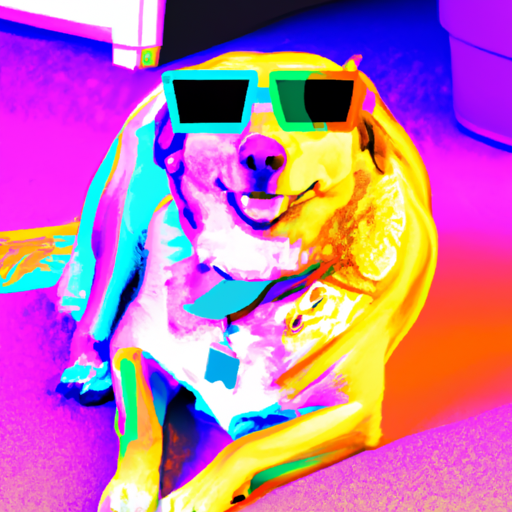Overview
You’ve probably heard the old myth that dogs only see in black and white. Well, it’s time to debunk that myth once and for all! As a caregiver to your furry friend, it’s important to understand their world as much as you can, and that includes their color vision.
Dogs’ Color Vision Compared to Humans
Dogs do see colors, but not in the same way that you do. They have dichromatic vision, meaning they see two primary colors: blue and yellow. This is in stark contrast to your trichromatic vision, which allows you to see red, green, and blue.
Here’s a simple comparison table:
| Humans | Dogs |
|---|---|
| Red | Dark Gray |
| Green | Light Gray |
| Blue | Blue |
| Yellow | Yellow |
What This Means for Dogs
So, what does this mean for your four-legged friend? It means they see the world in a simpler color palette. Imagine looking at a rainbow and only being able to distinguish two primary colors. It’s not that they see fewer colors, but they perceive them differently.
- Blue and Yellow Toys: If you’re buying toys for your dog, consider choosing blue and yellow ones. These would stand out more to them against the green grass.
- Red and Green Objects: On the other hand, red and green objects would appear as various shades of gray to them. This could make it difficult for them to distinguish certain objects.
Why Dogs See in Fewer Colors
The reason for this difference lies in the eye’s retina. You see, both dogs and humans have special light-catching cells called cones. But while humans have three types of cones that allow us to see a broad spectrum of colors, dogs only have two.
Frequently Asked Questions
1. Can dogs see in the dark better than humans?
Yes, dogs do have better night vision compared to humans. This is due to a structure in their eyes called the tapetum lucidum, which reflects light back through the retina.
2. Are dogs completely colorblind?
No, dogs are not completely colorblind. They see blue and yellow, but cannot distinguish red and green.
3. Should I only buy blue and yellow toys for my dog?
Not necessarily, but your dog might find blue and yellow toys more visually appealing.
Remember, your dog’s world is as vibrant and meaningful to them as yours is to you, even if they see it a bit differently. By understanding their visual perception, you can create a more enriching and engaging environment for them.



